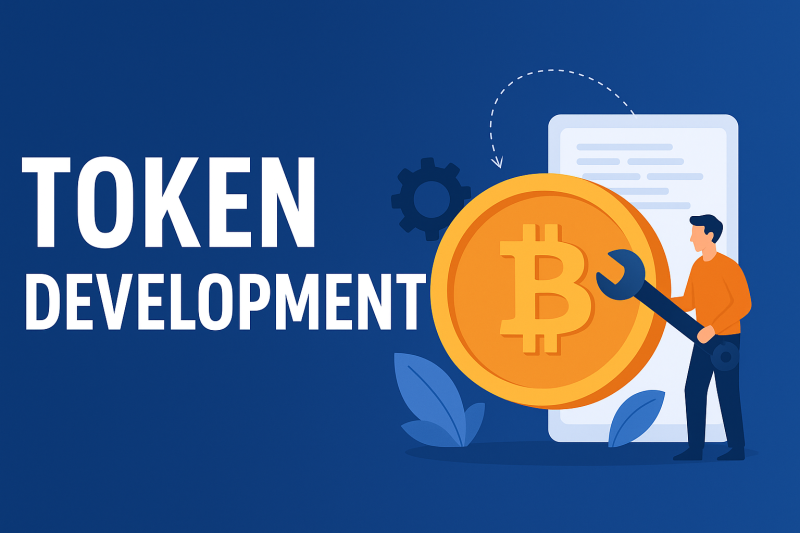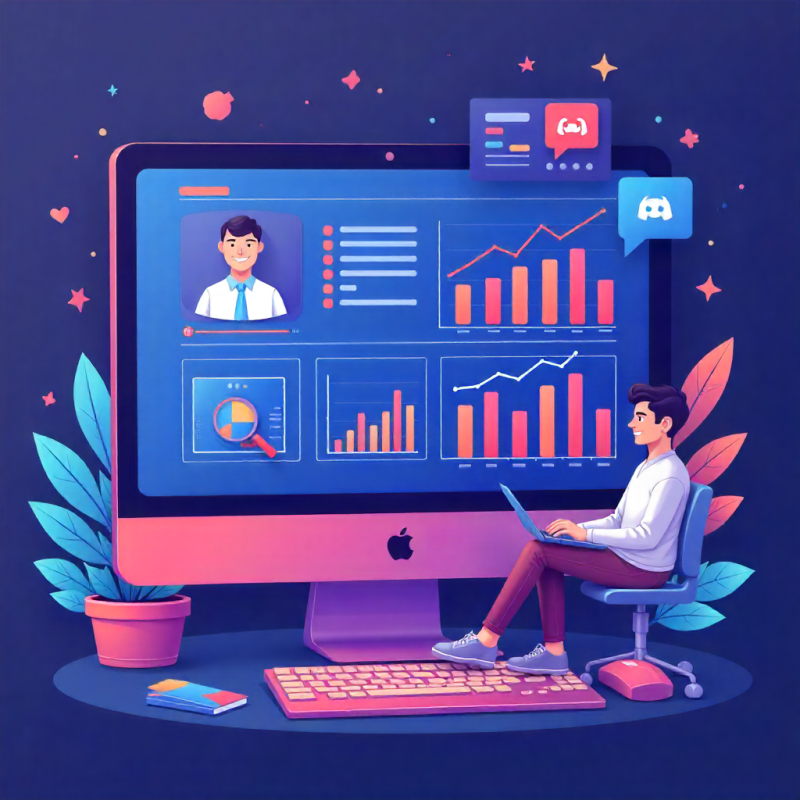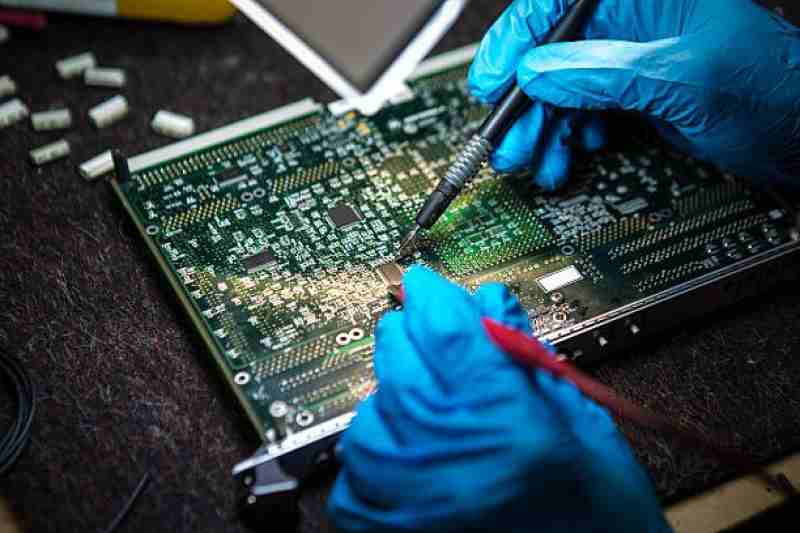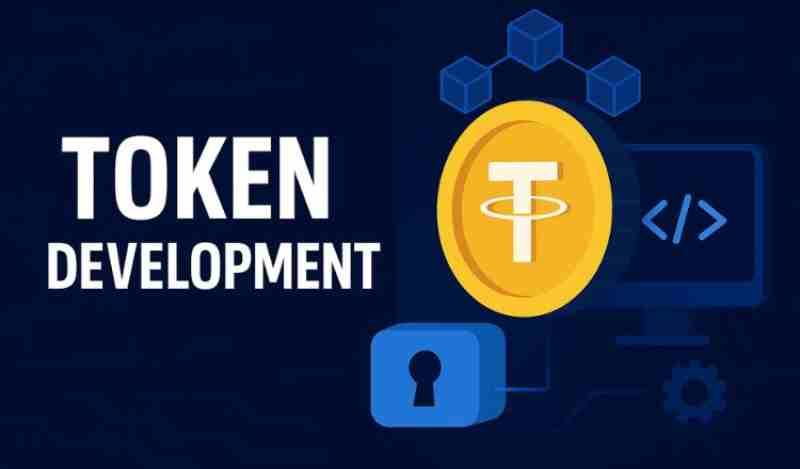Business
Token Development 2025: Innovations Shaping the Next Generation of Blockchain Projects

The blockchain ecosystem is evolving at an unprecedented pace, and 2025 marks a transformative year for token development. As decentralized finance (DeFi), Web3 applications, NFTs, and AI-integrated blockchain solutions gain traction, token design is becoming increasingly sophisticated. The next generation of blockchain projects requires not only secure and scalable tokens but also innovative features that drive adoption, incentivize community participation, and unlock new economic models.
Token development in 2025 is defined by innovations that balance technical robustness, regulatory compliance, and real-world utility. Projects are leveraging cutting-edge smart contract frameworks, AI-powered tools, modular architectures, and multi-chain interoperability to deliver tokens that are more versatile, resilient, and attractive to both retail and institutional investors.
The Evolution of Token Development
Token development has undergone significant transformation over the past few years. Early tokens were primarily simple ERC-20 or BEP-20 assets, designed for utility, fundraising, or governance purposes. Over time, the demand for more complex functionalities, including staking, deflationary mechanisms, NFTs, and multi-chain operations, has shaped modern tokenomics.
By 2025, token development has shifted focus toward creating highly adaptive assets capable of supporting dynamic ecosystems. Innovations in token design are enabling projects to:
- Enhance Utility: Tokens now function beyond simple payments or governance, serving as incentives, identity markers, or access credentials.
- Improve Security: Advanced auditing, formal verification, and AI-driven monitoring reduce vulnerabilities.
- Optimize Scalability: Layer 2 solutions, rollups, and sharded blockchains allow tokens to operate efficiently across high-traffic networks.
- Foster Interoperability: Cross-chain compatibility ensures tokens can be utilized across multiple ecosystems.
These trends reflect a move toward tokens that are not only technologically advanced but also economically sustainable and user-centric.
Key Innovations Driving Token Development in 2025
Several groundbreaking innovations are shaping how blockchain projects develop and deploy tokens in 2025.
1. AI-Integrated Token Management
Artificial intelligence is transforming token development by optimizing distribution, monitoring liquidity, and predicting market behavior. AI-driven smart contracts can dynamically adjust staking rewards, governance incentives, and deflationary mechanisms based on network activity and community engagement.
For example, predictive analytics allow token protocols to anticipate demand fluctuations, reduce sell pressure, and maintain stable liquidity. AI-powered monitoring tools automatically detect anomalies or vulnerabilities, providing real-time security assurance. This integration enhances token reliability, efficiency, and investor confidence.
2. Modular and Composable Smart Contracts
Modular architectures allow developers to create tokens with reusable, interchangeable components. Composable smart contracts enable seamless integration of functionalities like staking, governance, yield farming, and NFT issuance without rewriting the entire codebase.
This approach accelerates development, reduces errors, and allows projects to iterate rapidly. By reusing tested modules, developers ensure robust security while enabling scalable, adaptable token ecosystems capable of evolving with market demands.
3. Multi-Chain and Interoperable Tokens
Interoperability is a key focus for 2025 token development. Multi-chain tokens can operate across Ethereum, Solana, Binance Smart Chain, and emerging Layer 2 solutions. Cross-chain bridges facilitate seamless token transfers, increasing liquidity and adoption across diverse ecosystems.
Projects are leveraging interoperability to expand reach, attract new investors, and create token utility in multiple decentralized applications (dApps) simultaneously. This innovation transforms tokens from single-chain assets into dynamic, ecosystem-wide instruments.
4. Advanced Tokenomics and Incentive Models
Modern tokenomics designs are increasingly sophisticated. Developers are incorporating mechanisms like dynamic supply adjustments, tiered staking rewards, governance participation incentives, and gamified utility structures.
For example, some tokens feature built-in deflationary systems that reduce supply as usage grows, while others implement tiered voting power based on engagement or long-term holding. These models balance investor rewards, community participation, and network sustainability, fostering long-term adoption and value creation.
5. Security-First Development Practices
With the rise of high-value tokenized ecosystems, security is paramount. Formal verification, automated code auditing, penetration testing, and AI-powered vulnerability detection are standard practices in 2025 token development.
Security-first approaches minimize the risk of exploits, hacks, or smart contract failures. Transparent auditing and reporting also enhance investor confidence, ensuring that tokens are both technically secure and economically reliable.
6. Regulatory-Compliant Tokens
Regulatory compliance is increasingly influencing token design. Security tokens, compliant stablecoins, and regulated utility tokens are becoming more prevalent as governments implement clearer frameworks for digital assets.
Compliance-first development ensures that tokens can be listed on exchanges, integrated with financial services, and legally used by institutional investors. By embedding regulatory adherence into smart contracts, projects reduce legal risk and open new market opportunities.
7. Gamified and Community-Driven Tokens
Community engagement is central to modern token performance. Gamified tokens reward active participation, content creation, referrals, and governance contributions. NFTs and digital collectibles can be integrated as incentives, creating interactive experiences that strengthen loyalty and drive adoption.
Community-driven tokens, where governance and decision-making are decentralized, further enhance transparency and trust. Engaged communities act as project advocates, amplifying adoption and improving long-term token performance.
Real-World Examples of Next-Generation Tokens
Several blockchain projects exemplify the innovations shaping token development in 2025:
- AI-Enhanced DeFi Tokens: Protocols that use AI to dynamically adjust staking rewards, optimize liquidity, and monitor security.
- Modular NFT Ecosystems: Platforms enabling composable NFTs and utility tokens with gamified reward systems.
- Cross-Chain Governance Tokens: Tokens that operate seamlessly across multiple blockchains, facilitating voting, staking, and asset transfers.
- Security-Compliant Stablecoins: Tokens designed to meet regulatory standards while maintaining decentralized utility and transparency.
These projects demonstrate how modern token development combines technical sophistication, economic innovation, and community-centric strategies.
Challenges and Considerations
Despite the advancements, token development in 2025 faces challenges:
- Complexity vs. Usability: Advanced tokenomics and multi-chain functionality can overwhelm users if interfaces and instructions are not intuitive.
- Security Trade-offs: Increased functionality can introduce vulnerabilities; rigorous testing and auditing are essential.
- Regulatory Uncertainty: While frameworks are improving, global regulations vary, requiring careful compliance planning.
- Market Competition: A growing number of token projects necessitate innovative differentiation to attract investors and users.
Addressing these challenges requires strategic planning, robust development practices, and ongoing community engagement.
Future Outlook
Looking ahead, token development will continue to evolve around several core trends:
- AI-Driven Automation: Predictive analytics and automated governance will become standard features in smart contracts.
- Enhanced Interoperability: Cross-chain standards and protocols will further simplify token mobility across ecosystems.
- Sustainable Tokenomics: Eco-friendly and economically sustainable designs will gain prominence.
- Integration with Emerging Technologies: AI, IoT, and metaverse applications will expand token use cases beyond traditional finance and gaming.
Projects that embrace these innovations will lead the next generation of blockchain adoption, attracting investors, users, and developers to dynamic, multi-functional token ecosystems.
Conclusion
Token development in 2025 is defined by innovation, sophistication, and community-centric design. Projects are moving beyond basic ERC-20 or BEP-20 assets, creating tokens that are secure, interoperable, AI-powered, and economically sustainable. Modular architectures, advanced tokenomics, gamified engagement, and regulatory compliance are shaping tokens that are not only functional but also adaptable to the evolving Web3 landscape.
For blockchain projects, these innovations provide a competitive advantage. By adopting next-generation token development strategies, projects can enhance adoption, strengthen community participation, improve investor confidence, and ensure long-term ecosystem sustainability. The tokens of 2025 are not just digital assets—they are dynamic instruments driving the future of decentralized economies.
Source:
Click for the: Full Story
You might like













 Close Menu
Close Menu